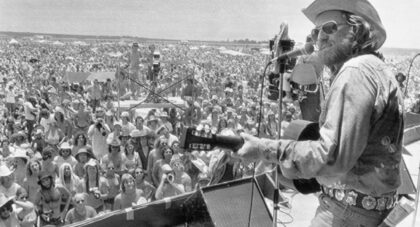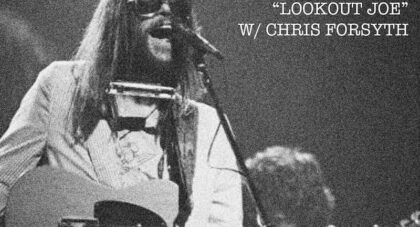Sunburned’s latest record, the exhilarating Pick a Day to Die, comes out in early March on the Three Lobed Label. It’s the quintessential pandemic project, pieced together out of what’s at hand in a long, solitary lockdown. We talked to one of the founders, John Moloney, about his long-running band, their influences, their process, this current album and how and when music can get back to normal . . .
Only the good shit. Aquarium Drunkard is powered by its patrons. Keep the servers humming and help us continue doing it by pledging your support.
To continue reading, become a member or log in.


